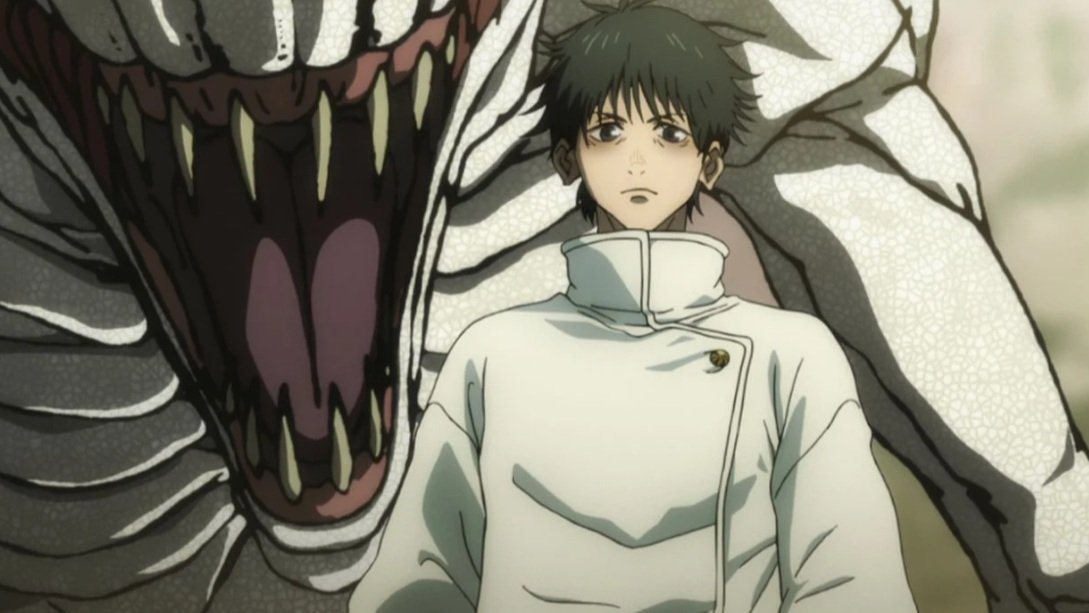Fantasia 2020: Undergods
Writer-director Chino Moya's Undergods is a peculiar film to review, particularly as an American. It is a dystopic anthology of stories of European families in the process of rot. We meet these characters as their relationships swing precariously by a thread before being snipped by an outsider, who often arrives unannounced. It depicts anxieties of exploitation, displacement, and alienation amongst vast apartment superstructures, though only two of these stories take place in the same superstructure.
The first of these stories begins with a couple (Michael Gould and Hayley Carmichael) who invite a neighbor (Ned Dennehy) into their home. He's been locked out of his own apartment and can't call the landlords to gain access. The couple invite him in and allow him to stay for the night. But, his presence sours in a peculiar way and this is the first indication that this film's tone teeters somewhere between straight surrealism and grounded metaphor. We then pivot to a father and daughter (Khalid Abdallah and Maddison Whelan) in the same building. The father relays a bedtime story that becomes the second principal vignette. In it, a vaguely foreign man (Jan Bijvoet) attempts to sell a genius contraption to a shady investor, named' the merchant' (Eric Godon). The foreign man's accent seems a cocktail of Finnish and Swedish linguistic markers. But, where he's from matters little. His outsider status lets the merchant pretend to deny his project, while scheming to steal it. The final thread Moya tugs at, in the film’s other story, concerns a man working at a gum factory (Adrian Rawlins). After devising a cost-saving scheme, he's promoted and begins to hunger for his boss's flattery. At home, the man's obsession with work alienates him from his wife (Kate Dickie) and step-son (Jonathan Case) and, like the first story, the intrusion of an old presence (Sam Louwyck) crowbars apart the couple, only widening the already-present rift.
There are moments when Moya's bizarre assortment of vignettes threaten to cohere into something visually compelling and thematically rich—a hypnosis therapy session set to pulsing electronic music and neon lights, and a roller-skate ballet in an Ikea parking lot stand out—but the ideas here are too loose and the narrative, caulk gumming everything together, too weak to truly create something solid and remarkable. What is frustrating is that, on their own, the vignettes are engaging and wonderfully acted. There is a clear authorial vision here with a consistent tone and a narrative thrust that propels each of these micro-stories along at a decent clip. But, the looseness of the thematic throughline makes the whole affair a bit befuddling. What little narrative scaffolding Moya does provide, two undertaker-like characters, played by Géza Röhrig and Johann Myers, who open and close the film, remains opaque, even as the credits roll. They comment on the proceedings and relay bits of the stories to one another, but beyond this, their purpose, narratively and thematically, feels scant and elusive.
So, at the end of this picture, I'm left scratching my head. The film describes itself as "An otherworldly journey through a Europe in decline - a collection of darkly humorous, fantasy tales about ill-fated characters and doomed fortune." Of which it certainly is. And, the abstracted and dream-like logic of the vignettes suggests a desire to understand these characters as totems of a larger idea. But, the metaphor, here, is hazy. If understood as a discussion of immigration and populations' reactions to it throughout Europe, some vignettes seem distinctly sympathetic toward the immigrant experience, depicting plunder of immigrant labor for natives' profit. Other vignettes, particularly the ones involving cuckoldry and unwanted guests, frame their stories through a hostile lens. There isn't enough thematic cohesion through the narratives to let us grasp either the writer-director's specific intent, as manifested in the characters' attitudes, or the diversity of attitudes that the writer hopes to depict through the vignettes. Regardless of whether Moya intends to depict one vision of Europe in decay, his own, or many, the film is just too slippery to grasp; at least from an outsider's perspective. I am curious whether the iconography and cultural specificities of Moya's warped and frayed cityscapes resonate more clearly for a European. As it stands, the work is a bit like a meal you've never eaten before with utensils you've never touched. It tastes good, I just don't have the proper angle of attack and, so, it remains just out of grasp.













